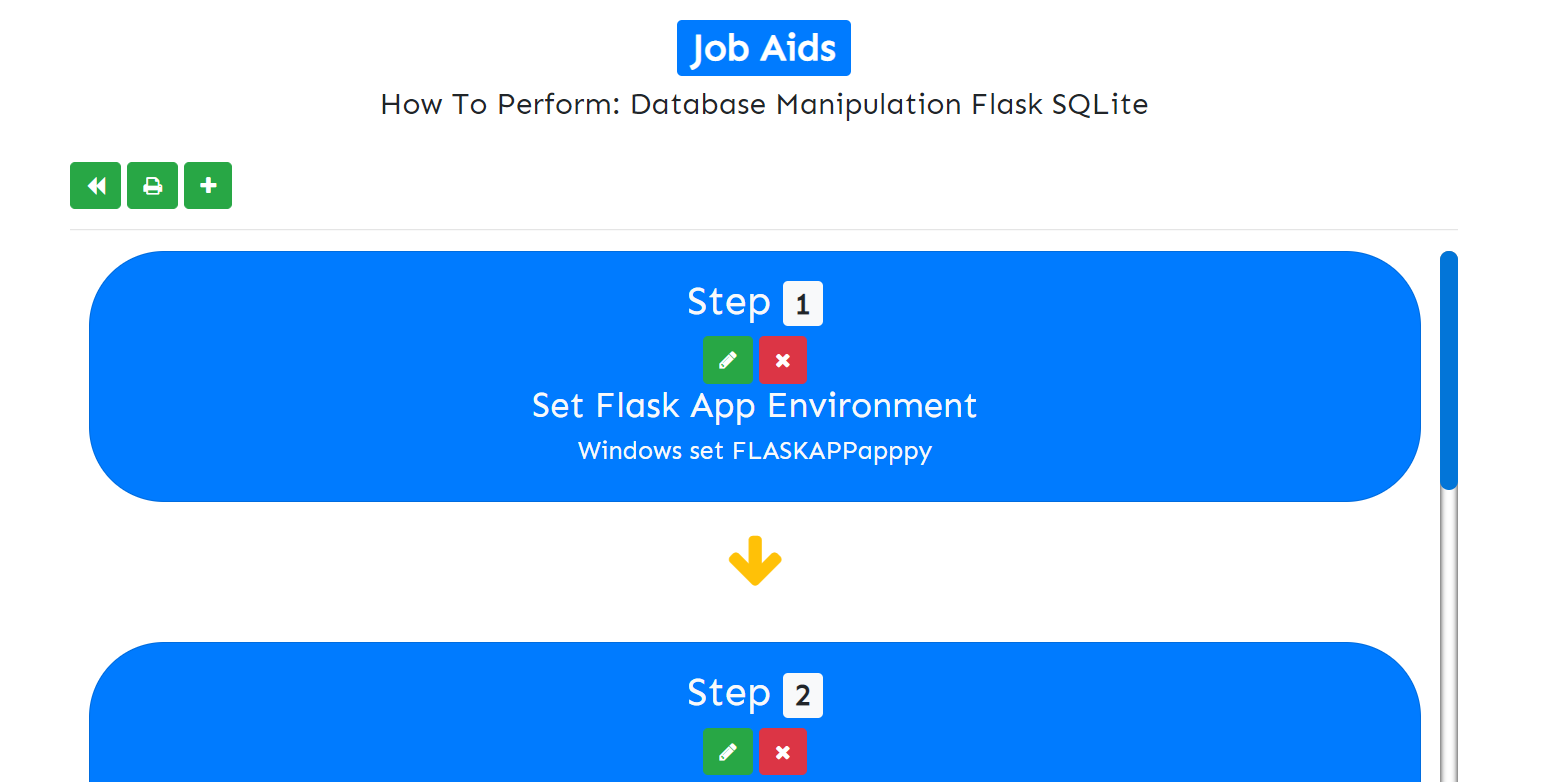New Employee Orientation

First Day Agenda
The first day of work can be awkward and uncomfortable for the best of us, especially those of us who are more introverted. As such, management should do their best to ensure the new hire is comfortable and well informed about what their first few days or weeks will entail. Prior to heading to the office or logging into the first video call, the incoming team member should be emailed an agenda at least 1 or 2 days ahead.
This will give the employee enough time to review the meetings they have to attend for the day and mentally prepare for what is to come. The meeting agenda needs to be outlined in an easy-to-read professional manner. Do not include any company-specific jargon or acronyms that an outsider would not understand. This will only confuse the new person and send them on a frenzied Google search.
If you need some help structuring the agenda, here are some great examples.
Who Should The New Hire Meet

Spend the first day introducing the new hire to the key people they will be working with. This would include the people that directly report to them, human resources, payroll, and direct supervisors. As tempted as you might be to introduce them to the entire company, don't!
They probably won't remember who they are in a few weeks anyway. This is especially true at larger organizations that have departments and individuals that seldom interact with each other. Keep the introductions relevant and short so as not to overwhelm the newcomer.
Provide A List Of Software They Need To Get Familiar With

If the company uses a CRM, or any other application, allot time for the employee to familiarize themselves with it. Many vendors offer free training and provide video or written tutorials that you can leverage. However, since the company is likely using the app a little differently than the vendor intended, its imperative that internal documents and job aids are provided.
Make sure the training is clear and concise. Don't give the new employee "homework" and have them study the software at home unless they are being compensated for doing so. The training should be effective enough that it can be accomplished within the workday, if it can't, then the company needs to re-evaluate it's training procedures.
Load Them Up With Job Aids

Job aids are a new hire's best friend. They enable an employee to act independently which helps them become more confident in their abilities at work. Thorough job aids reduce the need for new people to distract colleagues and supervisors with questions on procedures and operational processes.
It's much better to use an application like Super Easy CRM, to store job aids electronically. But if all you have at your disposal is an Office 365 subscription, use Word docs!
Minimize Shadowing Other Colleagues

Having a person sit and watch others do boring tasks for days on end will just put them to sleep. Seldom will they retain all the information they are attempting to absorb and you will be slowing productivity down overall.
Shadowing does have its merits but training should include a more practical application of skills so the employee has time to hone their abilities before releasing them from training. There should be an 80/20 split between observing and doing, with the latter consuming the lion's share of time.
Don't Invite Them To Meetings They Won't Be Contributing To
If a person you are inviting to a meeting is not providing anything of value to the discussion, do not invite them. Chances are if a person is within their first few weeks at a job they won't know what most meetings are about. As such, they don't need to be in attendance.
It's just annoying and awkward to have someone sitting on camera or in-person, not saying anything for an hour or more. If you feel the new hire would benefit from the discussion, have them listen to a recording of the meeting or review the minutes that were taken. Be sure sure to let them know where the relevant parts are so they can skip ahead to what they need for the job.
Stop Inviting Them For Drinks Or Dinners
If you invite a new person out for drinks or dinner, they will likely feel obligated to go, especially if someone who can fire them is asking. They may be reluctant to decline as they are still in their "first impression" stage. This is true even if attending will cause them problems in their personal lives.
Some people may not have child care in the evening, have another job, or they just simply don't want to be bothered with you after working hours. All of which is perfectly fine. You don't need to be best friends with everyone you work with, you just need to be able to work together.
Unlearn the nonsense that a company is a family and you will instantly see an uptick in employee morale. Most people work to earn money to care for their families. They don't work because the company is their family.
Keep Training Between 2 - 4 Weeks
The time you are training will vary by industry, job complexity, and employee skill level. But in general, try not to drag training out for more than a month. You risk losing the employee's interest if you do so. Training can be very boring for an employee and keeping an individual in a perpetual state of boredom kills their creativity and makes them more likely to quit.
Keep new employee orientation interesting and engaging. Remember, new hires are people just like you. They have families and personal lives. Do your best to keep the training effective and concise without spilling into their personal lives and you will be more likely to retain talented team members for years to come.

Posted by: Matt Irving on 5/16/2022